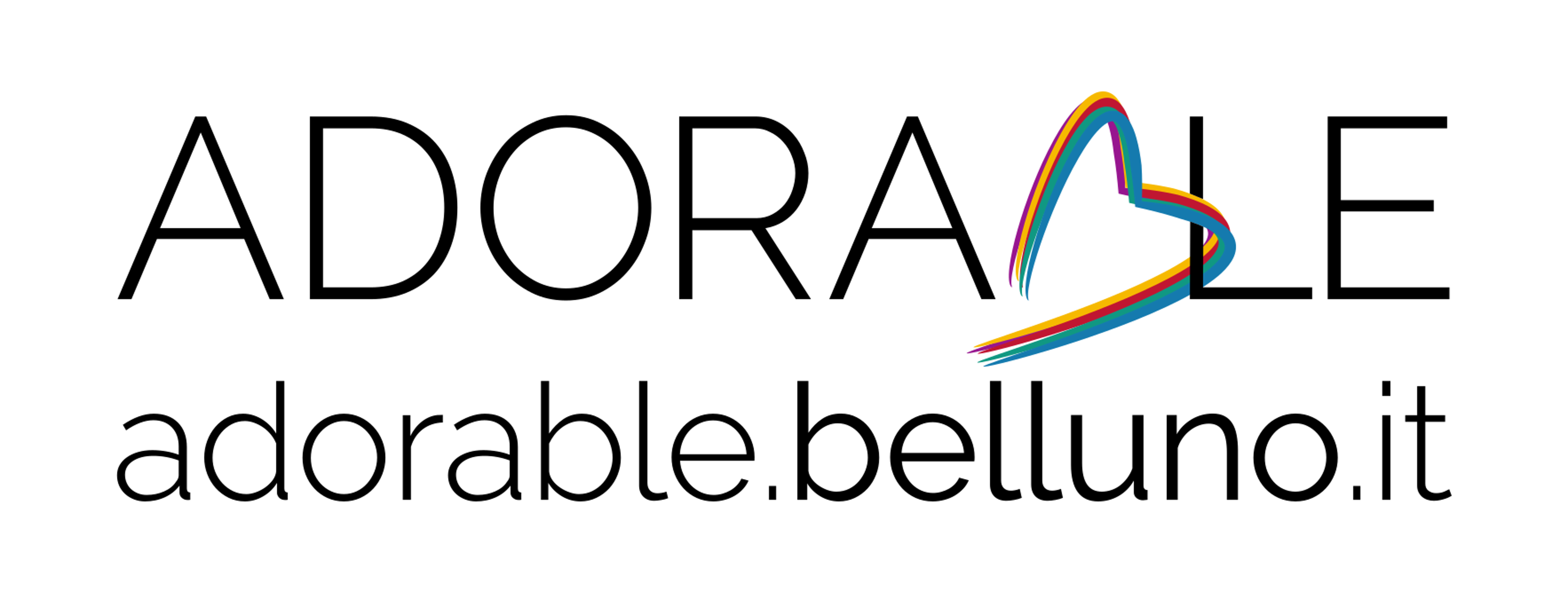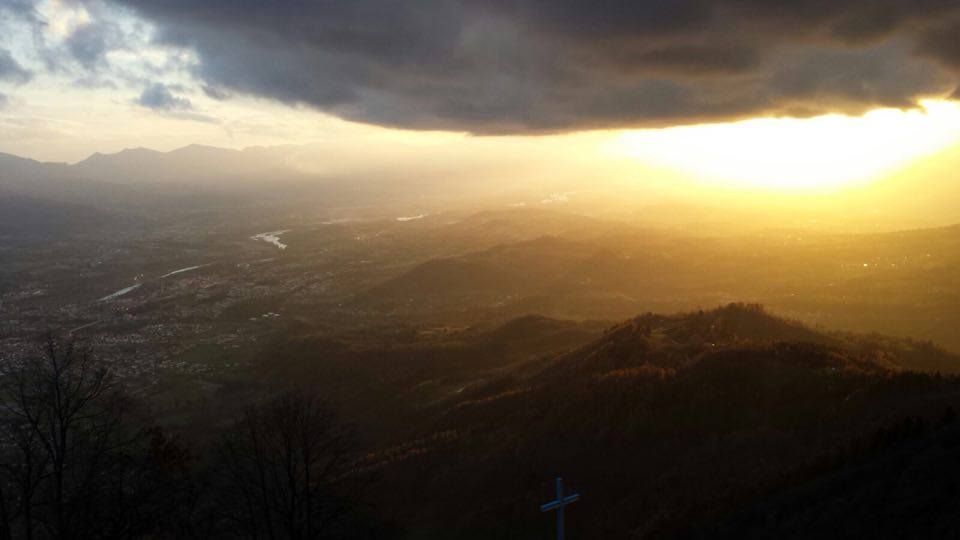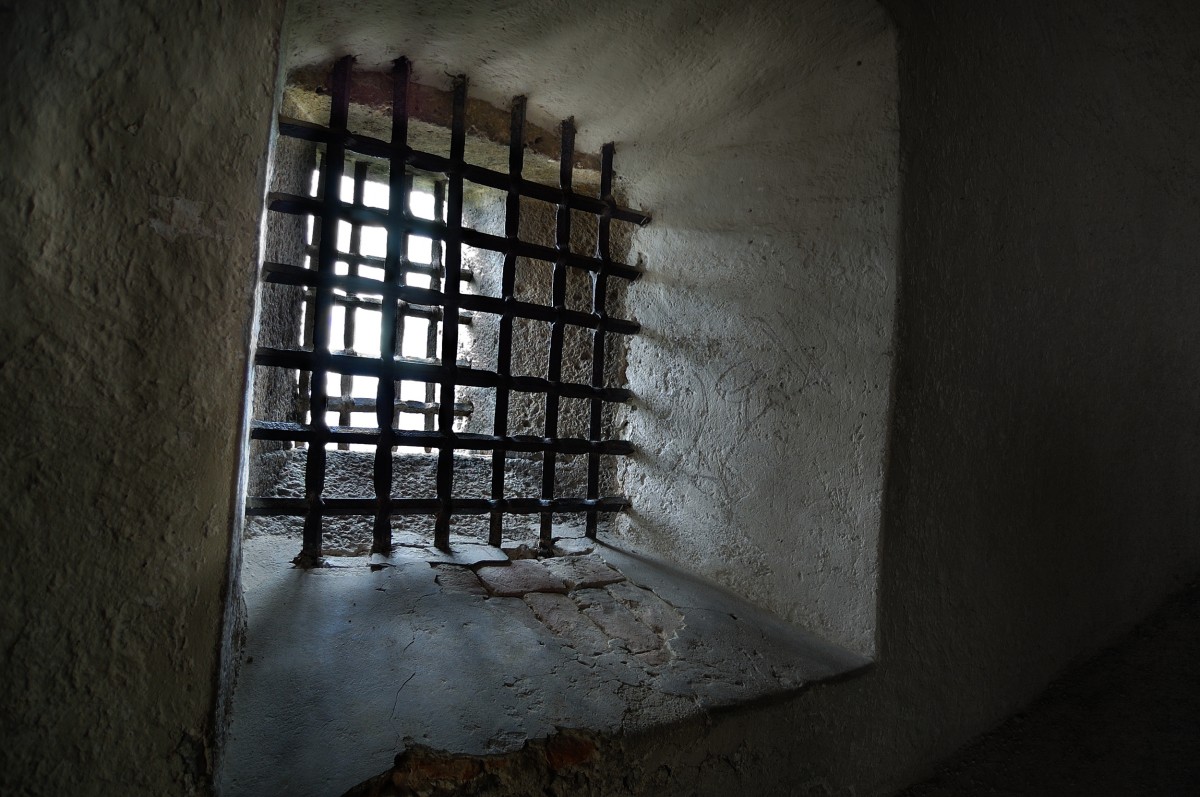The first event dedicated to a unique specialty of our region: the irresistible Pastin! We are sure that there is nobody in the world who would not be captivated by the taste and aroma of the pastin. But if you don’t have the same certainty, you can spread the word and invite everyone to the first event dedicated to the pastin to remove any doubts: from October 28th to 30th, at Piazza dei Martiri in Belluno, pastin for all, as well as sports, fun and much more!
Don’t make plans for this weekend: from October 28th to 30th at Piazza dei Martiri in Belluno, AICS Comitato Provinciale di Belluno, NG TIMING and Gruppo Alpini di Salce, with the sponsorship and co-organization by the Comune di Belluno, with support of the Consorzio Operatori of downtown and of the Pro Loco Pieve Castionese , we organized a truly unique event of its kind: “Il PASTIN, in piazza… …di corsa” in Belluno, at the very centrally located Piazza dei Martiri! Don’t miss our Adorable Belluno drunk on the aromas of the typical Bellunese delicacies from October 28th to 30th!
What is pastin?
“Pastin is the result of artisanal production, linked to tradition and passion for the good things. An entirely Bellunese pride, for which the original recipe asks for the use of, in varying percentages, meat of pork and beef, seasoned by a mix of secret spices that make it particularly flavorful. A local product produced from carefully selected meats, exclusively raised in the province of Belluno.”
But why “Il Pastin, in piazza…di corsa”?
During the event dedicated to pastin, we will compete in the first “BELLUNO URBAN MARATHON” Sunday October 30th at 9:00am! What does it consist of? It includes a run of 6 laps on a route of 7.033 km in no less than the historical center of Belluno!
To follow, on the same route, at the same time, there will be other shorter and less challenging runs:
the “URBAN HALF MARATHON“, at 9:00am that is 3 laps for a total of 21.09 km, the “SPORTS RUN“, at 10:00am in which you can run two laps of the historical center for a total of 14.066 km and, finaly, the “FAMILY RUN“, also at 10:00am, perfect for families with children as it is only one lap of the route for a total of only 7 km.
A medical certificate for competitive play (certificato medico agonistico) is required for the URBAN and the SPORTS RUN.
For more information and to sign up: www.ngtiming.com
iscrizioni.ngtiming@gmail.com – cell. 339 6231678
Here is the complete program of the three days dedicated to sports and pastin
From Friday October 28th at 6:00pm until Sunday October 30th at 3:00pm at Piazza dei Martiri in Belluno.
Friday October 28th
The party begins at 6:00pm and will run for the entire evening.
At 8:00pm the race “Su… PER SCALE” (650 steps) will begin: it’s a road race event on the stairs of Belluno.
Saturday October 29th
On Saturday the events will being in the morning from 9:00am and will continue late into the evening. Pastin, steaming polenta of curdles (organized by Gruppo Alpini di Salce), wine, typical Bellunese desserts and much much more, for a day full of tasting!
Sunday October 30th
On Sunday the events will also begin at 9:00am, but will finish at 3:00pm in the afternoon.
And Sunday will be the day for the road races listed above. Let’s quickly revisit them:
Sporting event on the route of the historical center
9:00am “URBAN MARATHON” (6 lap – 42.195 km) 9:00am “URBAN HALF MARATHON” (3 laps – 21.097 km) 10:00am “SPORTS RUN” (2 laps – 14.066 km)
10:00am “FAMILY RUN” (1 lap – 7.33km)
The following butchers will be participating:
“Boito” of Ponte nelle Alpi – “Cavarzano” of Belluno – “Gaz” of Sedico “Perera” of Belluno – “Segat” of Belluno
There are no excuses: the pastin, one knows, is certainly not the most diet-friendly food of our region…but after a great run in the historical center of the city, it will definitely have been earned! We await you in big numbers!
For more information and to sign up: www.ngtiming.com
iscrizioni.ngtiming@gmail.com – cell. 339 6231678






